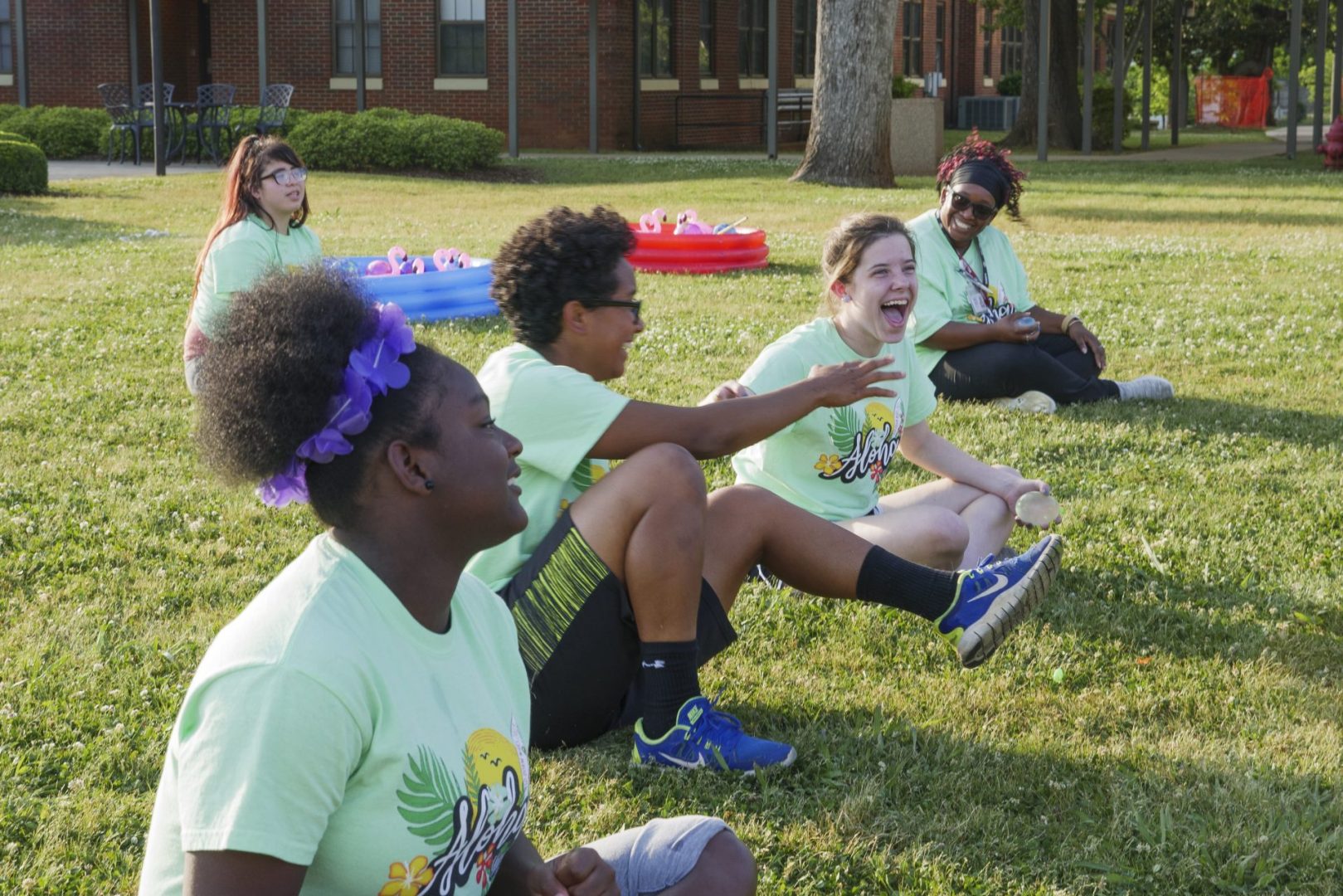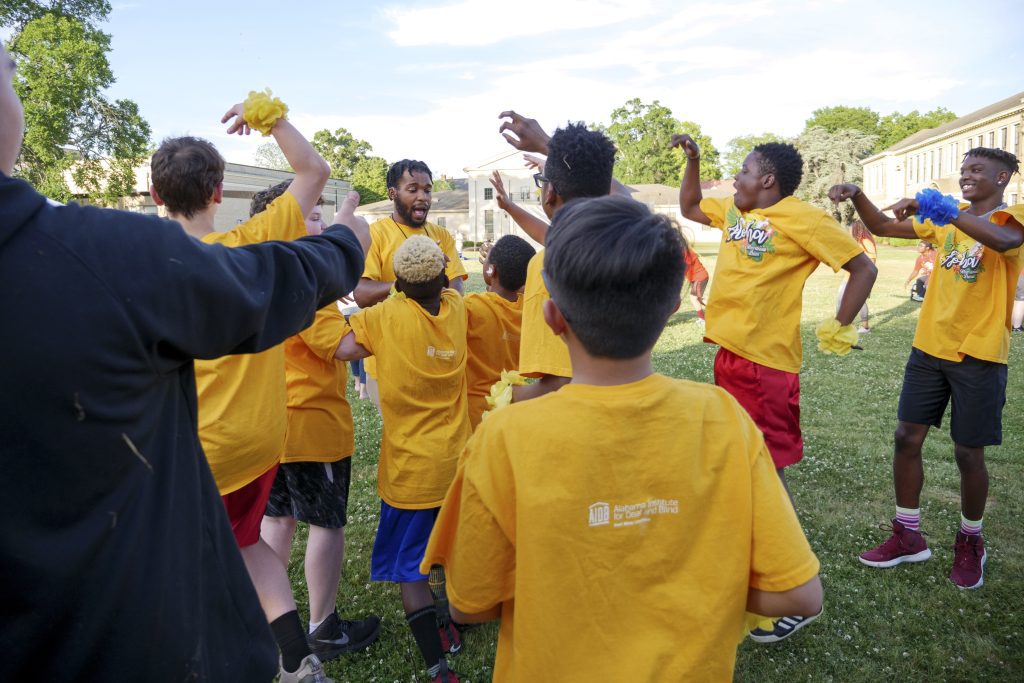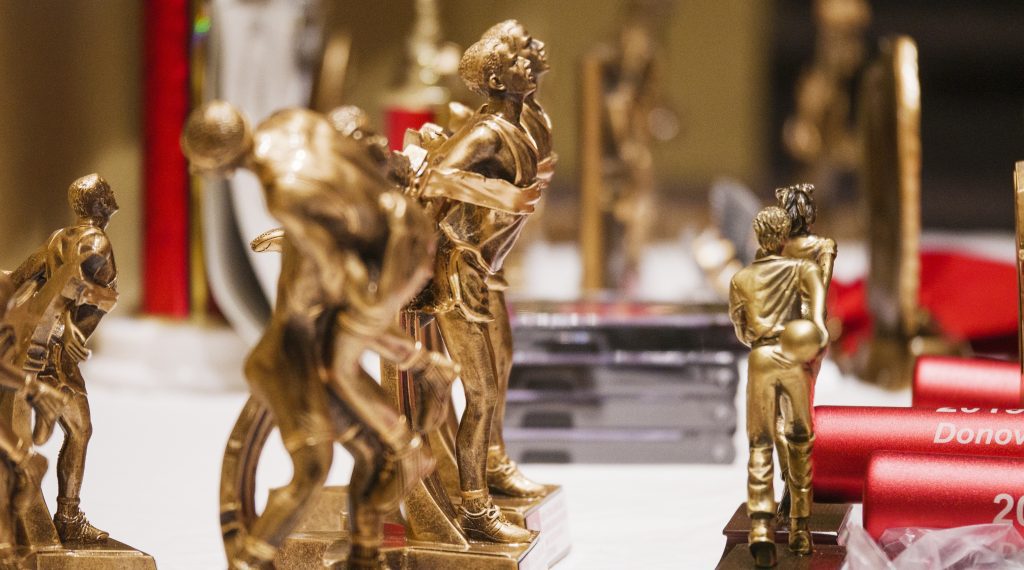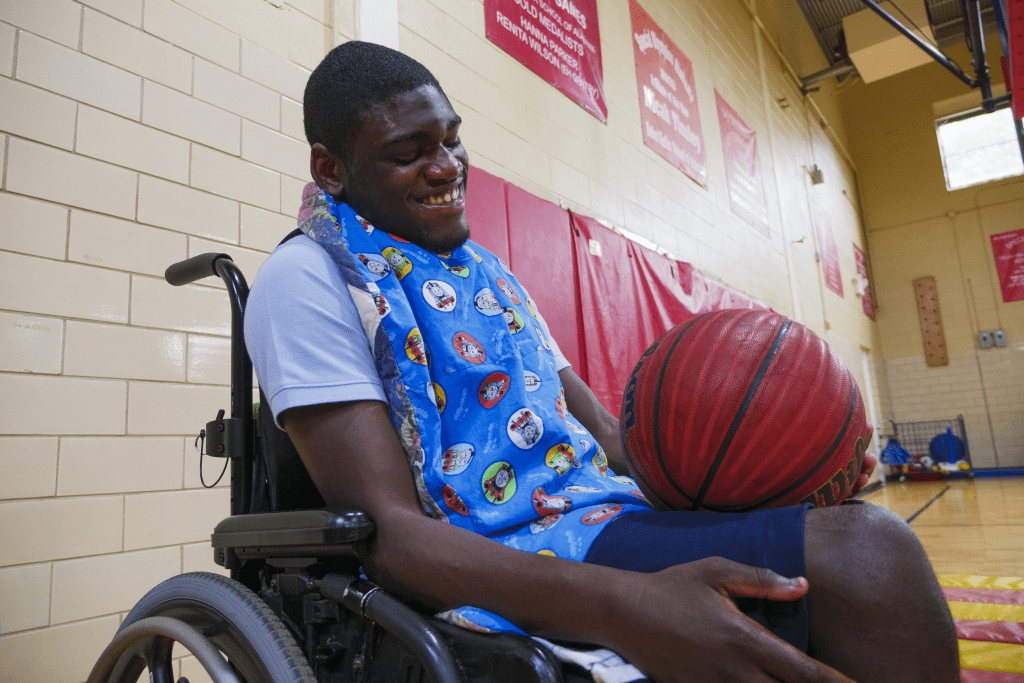To ensure gift delivery by 12/25, please place orders via UPS shipping no later than 12/17.
CloseAdapted Physical Education: Enhancing Inclusivity for Blind and Visually Impaired Students: The Future of Inclusive P.E.

No child should be left out of an activity due to being blind or having low vision. Unfortunately, this happens quite often in general education Physical Education (P.E.) classes despite the passing of the Individuals with Disabilities Education Act (IDEA). This law requires adapted P.E. services to be available to every child with a disability in the public school system.
M. Ally Keene recently graduated with her Ph. D in Health and Sport Pedagogy from Old Dominion University and is currently an Assistant Professor at Elizabeth City State University. During her doctoral research, Ally spoke to young adults about their experiences in general P.E. classes with sighted peers. Instead of participating in group activities, many students were instructed to sit on the bleachers and find something else to do or go to the library while others were told to walk the track with a buddy until the end of the period. Some played sports alongside their peers but were given no modifications, like high-contrast or bell balls, and got hurt. Only a small portion of Ally’s contacts received proper accommodation and felt included in P.E. class. One student had the option to go to a cycling or yoga lesson rather than doing team sports. This approach worked better for them as the teacher provided more individualized instruction.
“We need to make sure that P.E. is a place where students are learning and getting the type of education they desire,” said Ally. Due to these experiences, students are growing into adults who don’t know how to be physically active in ways they can enjoy.
Today, this problem persists as many educators don’t feel prepared to teach students who are blind or have low vision. There are not enough training resources available, and large class sizes make it hard to help an individual student.
In an effort to solve the issue, Ally published a paper containing current students’ opinions about their experiences in P.E. class and information about how they could be made better. For her dissertation, she worked with four individuals who are blind: Nina Marranca, Julia LaGrand, Andrew Mead-Colegrove, and Marie. They created an upcoming website for P.E. teachers that have a student who is blind or low vision in their class.
“I hope that something like this, especially coming from people that have had that lived experience, will be useful to improve P.E. for future generations,” said Ally.
One section of the website called, ‘Dear Teacher’, gives educators an inside look on what it is like to be a student who is blind or has low vision in a P.E. class. It also discusses the importance of having a conversation with students about the accommodations they would like to have during activities, such as partnering; peer tutoring; physical guidance; using sound sources in sports; tethers for running; and tactile labeling.
“We constructed a worksheet that has a template for teachers to fill out and have that conversation with the student,” said Ally. “This way, both the teacher and the student’s ideas can be taken into consideration, and the studenthas an opportunity to provide their perspective.” Other sections of the website highlight ideas for educators to incorporate into their curriculum, including teaching student’s lifetime and personal fitness skills as well as how to play blind sports such as goalball. Through these lessons, all participants learn a new sport and practice teamwork. A list of resources, including links to YouTube channels, apps, and different sports organizations, are also posted on the website.
In the future, Ally would like to see P.E. equipment become more affordable or even be 3D printed. She wishes teachers would work with their students to ensure they receive proper accommodation and that those students feel as though they belong alongside their sighted peers.
“I hope every kid leaves their P.E. class loving some form of movement,” said Ally.
For more information, check out our other adapted P.E. blogs. Stay tuned to this page, where Ally’s website link will be posted once it is published.
Share this article.
Related articles

Exploring the World of Adapted Physical Education: Enhancing Inclusivity for Blind and Visually Impaired Students: Partnering with the Blind and Visually Impaired Community
Finding a way to adapt to a sport and building a community with other athletes can be a challenge. Many...

Exploring the World of Adapted Physical Education: Enhancing Inclusivity for Blind and Visually Impaired Students: Overcoming Challenges and Addressing Concerns
Parents and physical education teachers may hesitate when it comes to allowing their child or student who is blind or...

Exploring the World of Adapted Physical Education: Enhancing Inclusivity for Blind and Visually Impaired Students: Accessible Technology and Adaptive Equipment
Adapted physical education (APE) teachers Maebh Barry and John Seskus at the Perkins School for the Blind, use both specialized...
